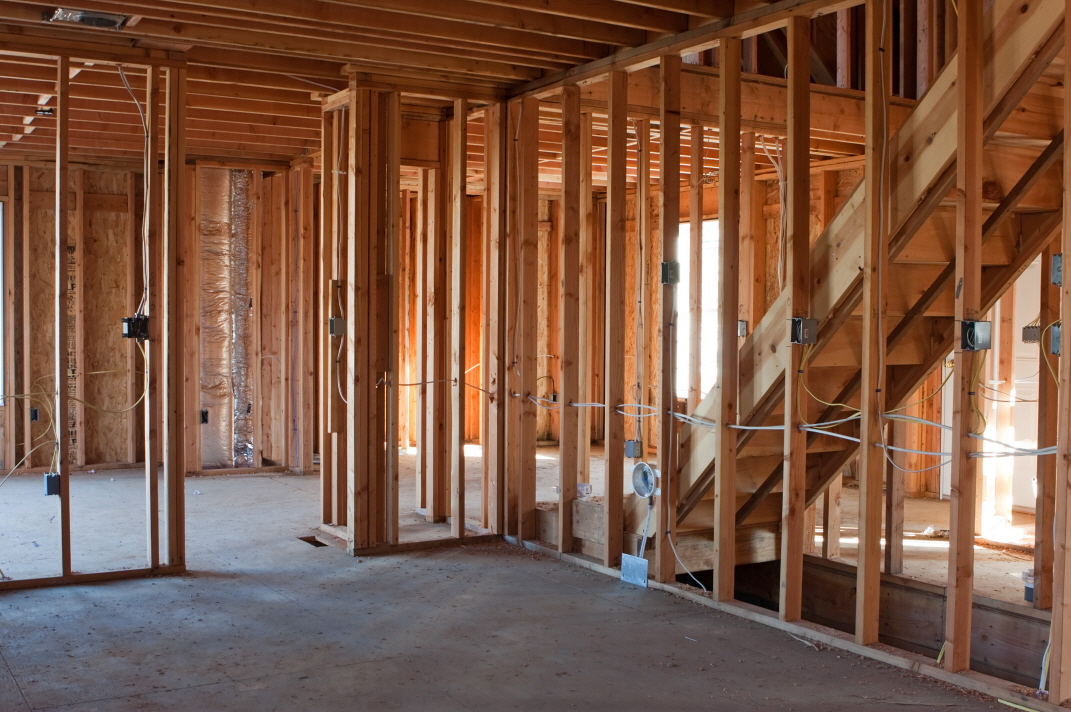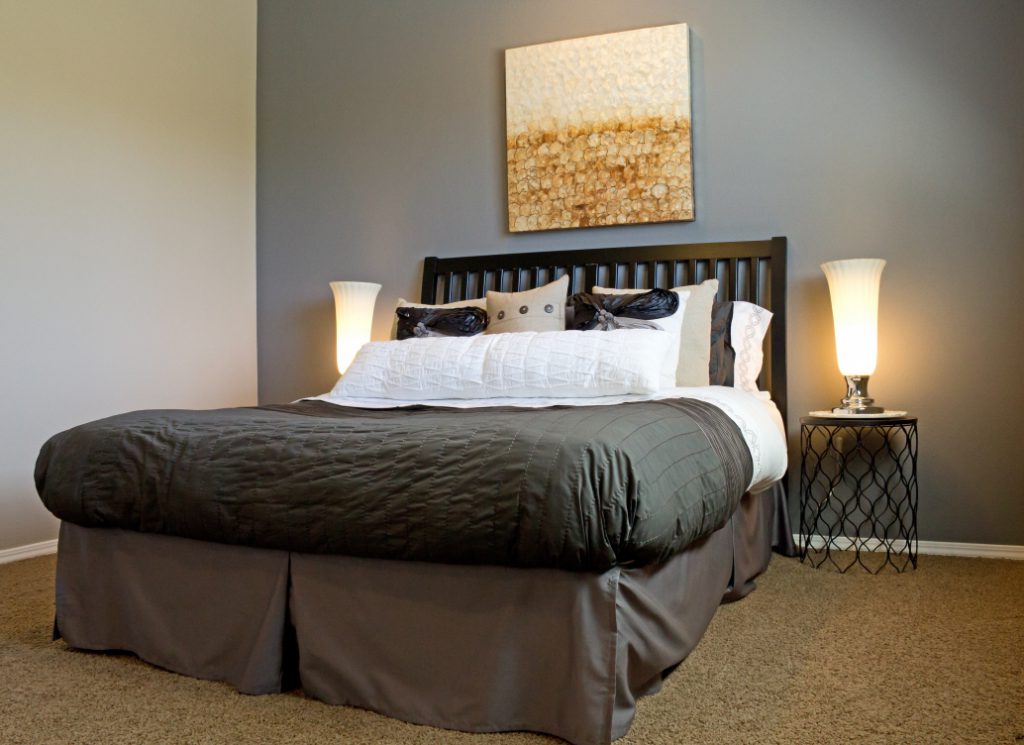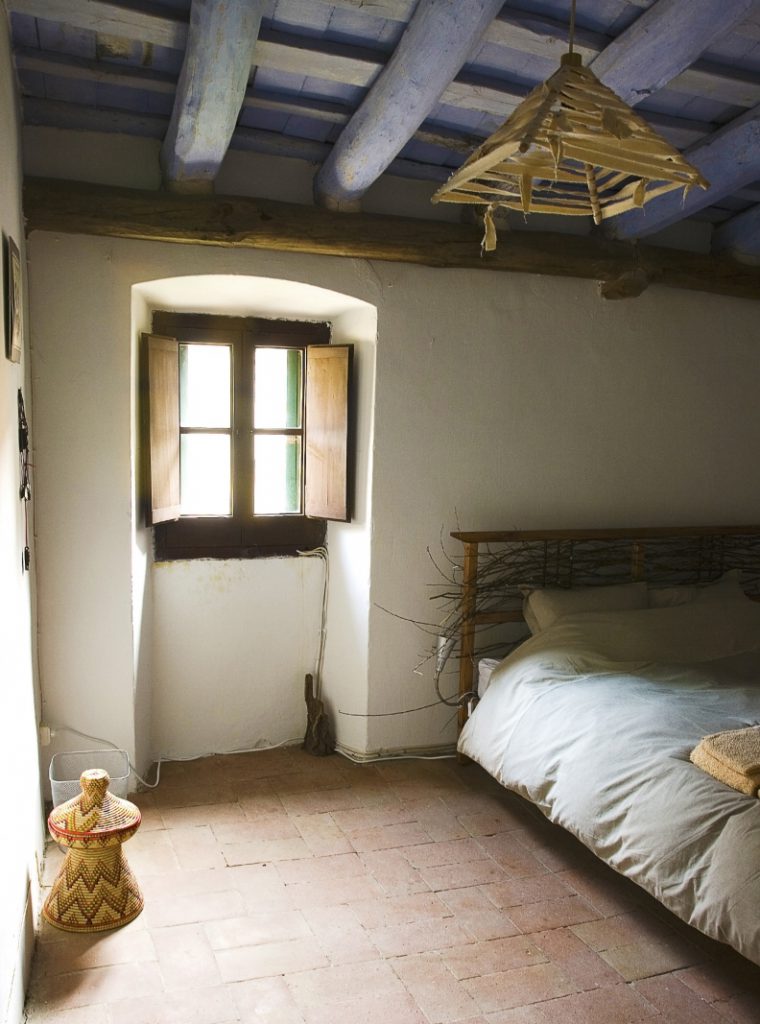Tag Archives: homes
Buying or Selling?
8 Dating Rules That Apply to Real Estate

So much of our lives are online nowadays. Our social lives happen in online communities as much or more than in friends’ basements or bars. We meet people with similar interests by joining Facebook groups or following someone’s story on Snapchat. YouTube is where we learn to do almost everything, from simple home maintenance tasks to cooking dinner for the family.
Home shopping, like dating in the 21st century, almost always starts online as well. They’re both about finding the right one—and just like a matchmaker, house hunters turn to you to help them wade through the pool of eligible homes and find the one of their dreams. Here are eight ways online dating and home shopping are exactly the same and what your role is as the matchmaker.
- Knowing their price range is like knowing who is in their league. You have to help your client be as realistic as possible here. In the dating world, it’s a waste of time always going after people who you know won’t give you a chance. In a home search, there’s no point in lusting after houses you’ll never be able to afford. Be a good wingman for your client and only introduce them to prospective properties they have a serious chance with.
- Be sure they’re ready to move on. Buying a home is a long-term commitment; is your client ready for something long-term? Help your client get prequalified — it’ll show they’re ready to move on from their current home or apartment. In other words, make sure they’re over their last real estate love. Ask them for a sign they’re not just pretending to be ready to move on.
- Don’t be superficial. Ever met a date who looked nothing like the online photo? Well, homes sometimes also look way better online than they do in person. Before agreeing to take them on a home tour, ask your client to name something not related to aesthetics that draws them to the home. Then you’ll know a deeper connection is possible.
- Don’t make decisions based on first impressions. After they meet in person, your client may think the house is as awesome as it appeared online. But encourage your client to take it slow before making a commitment. Keep them grounded by pushing them to do an inspection (or maybe more than one) to make sure the home isn’t hiding any dark secrets inside.
- Don’t second-guess your heart (or gut). Love at first sight is rare, but it happens. It’s possible your client will find the home of their dreams in the first property they see. If this is the case, don’t try and rationalize or talk them out of their decision. But do make sure they take the necessary precautions before jumping into this new real estate relationship.
- Ask if others see in the home what your client sees. Are you worried your client is being blinded by the twinkle in the windows and the sparkle in the backyard pool? But you think the home is just a pig wearing lipstick? Tell your client to bring their friends, parents, and others they trust to a second showing. They’ll see right through any facade and help your client avoid falling for the wrong house.
- Celebrate once they’ve sealed the deal. Once your client closes the transaction and walks down the aisle and into their new home, congratulate them and come to their housewarming party to show your support for their new status as a homeowner.
- Help them maintain a lifetime of happiness. Show your clients steps they can take to care for their home so they don’t fall on hard times. Give them resources to keep up with home maintenance and make sure they know never to ignore problems that may pop up. This will help your clients have an enduring home that comforts them and their families for years to come.
Mary McIntosh, GRI, AHWD, is associate broker at ProSmart Realty in Gilbert, Ariz., and has been selling real estate since 2002. Her motto is: “Always look for ways to better serve your clients and keep them laughing throughout the process.”

A Continuing Shortfall of Homes
We can only get to an ideal market with an uptick in new construction.

The first half of the year looked strong, with home sales and prices rising moderately on top of the gains experienced in 2015. Though prices will continue to rise, sales in the second half face more challenges. That’s because too few homes are available to keep up with demand. Total inventory on a year-over-year basis fell 6 percent in July, the 16th consecutive monthly decline. The supply level hit 4.7 months. In contrast, when home prices were falling several years ago, the supply hovered between 10 and 12 months.
The most recent housing crisis was the result of a collapse in demand, which led to depressed home prices and rising foreclosures. The next housing “crisis” will be due to a collapse in supply.
As employment strengthens, more households would like to buy, but there aren’t enough homes for sale. Home prices are rising at a higher rate than incomes are growing. While income has ticked up a percentage point or two, home prices have been growing by 5 or 6 percent a year. That in turn is creating an affordability crisis. Somewhat paradoxically, the home ownership rate—at 63.5 percent of households—is at a 50-year low even though mortgage rates, at about 3.5 percent, are also at their lowest level over the same time period.
Looking ahead, new-home sales will rise in the second half of the year as builders boost construction. We expect between 700,000 and 800,000 single-family starts in the year ahead. That’s a marked improvement from just a few years ago, when housing starts were a fraction of the historical norm. Still, we need about 1.5 million starts annually because of the country’s expanding population. In the meantime, affordability issues will likely hurt existing-home sales. That’s even more likely to be the case if interest rates start edging up. Only when supply reaches closer to six months—our definition of a balanced market—will we see the best of all worlds: rising new-home sales, rising existing-home sales, rising home prices, and a rising home ownership rate.
Style a Master Bedroom as a Sleep Retreat
Adults spend more time in their bedroom than in any other room in their house. But you wouldn’t know it from the home sales process. Buyers and sellers alike often pay more attention to kitchens, master bathrooms, closets, and yards than they do to this vital space where they will usually spend more than a third of their 24 hours each day.
“Who spends that kind of time in the kitchen?” asks sleep expert Nancy H. Rothstein, founder of The Sleep Ambassador in Chicago, a source for education, consulting services, and resources that optimize healthy sleep.
Yet more attention is being paid to the importance of getting adequate sleep, from high-profile advocates like Arianna Huffington, who recently published her book, The Sleep Revolution: Transforming Your Life, One Night at a Time (Harmony, 2016), to medical professionals. “Fewer than six hours [a night] can lead to diseases — a higher rate of diabetes, obesity, cardiovascular problems, and even shorter life spans,” says Dr. Susheel Patil, clinical director of Johns Hopkins Sleep Medicine in Baltimore.
While there’s no magic figure for the amount of sleep one should get, Patil suggests adults try for seven to eight hours on average. Dr. Michael Breus, a board-certified sleep specialist in Los Angeles known as The Sleep Doctor, uses his household as an example of the variation. “I need between 6 1/2 and 7 hours while my wife needs between 8 and 8 1/2,” he says.
Buyers and sellers alike should strive to furnish a master bedroom that contributes to high-quality sleep. Updating or remodeling the room offers another benefit, says certified color consultant Michelle Mohlere, a salesperson with Gibson International in Los Angeles. A nicely designed bedroom is likely to bring in more money at resale than one without these touches, she says.
Sellers looking to better stage this room will also gain from the following six steps:
1. Stage the bed in a choice spot. Connecticut architect and author Duo Dickinson prefers the bed be set away from the room’s entrance to keep it out of the main circulation path. Kathryn Baker, vice president of design services with Polaris Pacific, a real estate sales and marketing firm in San Francisco, likes to place a bed in a spot so occupants can enjoy the best view — whether that’s inside (maybe toward a fireplace or favorite piece of art) or outdoor (with views of trees or water where possible). Chicago designer Michael Del Piero suggests pairing a bed with an upholstered headboard for those who like to sit up in bed and read; she dresses up the bed with decorative pillows, a duvet, and a throw to personalize it and make it more welcoming to tuck in for sleep.
2. Install the right window treatments. Minimal is the design mantra when it comes to much of the standard room décor today. But while no coverings in some rooms, such as kitchens and living rooms, allows in more light and views, some amount of treatment in a bedroom is needed to block outside light and provide privacy. Del Piero likes to use a blackout shade behind a transparent shade or drapes or a woven wood shade with blackout drapes. Baker favors motorized shades to make opening and closing a task that can be performed from the bed or set by a timer.
3. Use the right lighting. Dickinson discourages installing recessed cans since they chop up a ceiling and aren’t attractive to look at while in bed. He prefers task lighting from lamps on night tables or wall-mounted sconces. Michigan designer Francesca Owings likes hanging one decorative fixture in a ceiling’s center for an aesthetic punch. Sensitive sleepers might appreciate the new Good Night Biological LED bulbs that claim to help regulate a body’s natural circadian rhythm through the production of the hormone melatonin, which helps control sleep and wake patterns, says Breus.
4. Conceal or banish electronics. For years, scientists and health professionals have known about the danger of the blue light that comes from certain electronics equipment and adversely affects melatonin production, says Patil. But only recently have they suggested that you can enhance unwinding and falling asleep by turning off TVs, smartphones, and iPads at least an hour before bedtime. Shutting them off also helps train the brain that the bedroom is primarily a place to sleep rather than stay awake, Patil says. If the temptation is too great, home owners might consider making the master bedroom a no-electronics zone. Baker’s company furnishes model bedrooms in its residential projects without TVs and other electronics technology to demonstrate this idea. “People have responded favorably, and some put TVs in a second bedroom or home office” instead, she says.
5. Pick a soothing palette. Of course, color is a personal preference, but color experts can offer guidelines. “You can’t say one is soothing for all and will make a person feel calm,” says Jessica Boyer, a Chicago designer with Susan Fredman Design Group. Sue Wadden, director of color marketing for paint manufacturer Sherwin-Williams, says colors that aren’t extreme are more restful. “They’re neither too bold, dark, bright, or intense. Rather, soft and calming,” she says. Designer Kimba Hills of Rumba Style in Los Angeles prefers a palette of pale blues, greens, beiges, grays, and whites for the bedroom. Boyer also likes to bring in bedding in white and light creams because she finds they’re calming. “It’s the equivalent of sleeping in a cloud with nothing to distract me. What’s important isn’t what’s trendy but nurturing,” she says.
6. Add creature comforts. If the room’s size allows, consider adding a chaise, chair and ottoman, and night tables. Also, a large area rug or wall-to-wall carpeting can help deaden noise and provide warmth underfoot, says Owings. If the room is located so it opens directly to the outdoors, play this up. Mohlere says real access to bucolic scenery can contribute to a sense of tranquility even more than just viewing the outdoors can. If outdoor access isn’t possible, check to see that windows are operable for fresh air. Other amenities worth considering: a gas- or log-burning fireplace for coziness, artwork for eye candy, and good storage for tidiness. “Too much clutter is distracting,” Rothstein says.
At the end of the day — or the beginning of a new one — real estate pros can emphasize the master bedroom as one more “fabulous room where you spend time in your new home,” Rothstein says.
Barbara Ballinger is a freelance writer and the author of several books on real estate, architecture, and remodeling
Welcome to the Real Estate of California !
New Star Realty & Inv.
Real Estate





